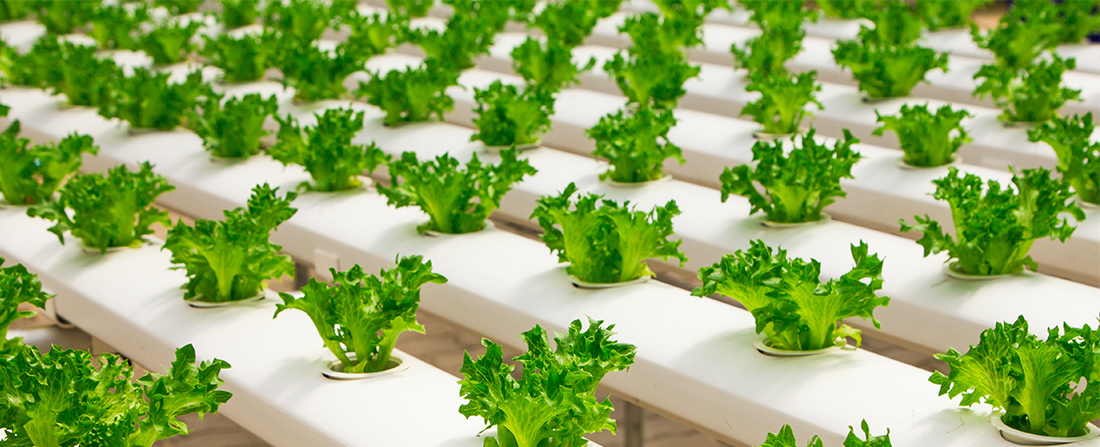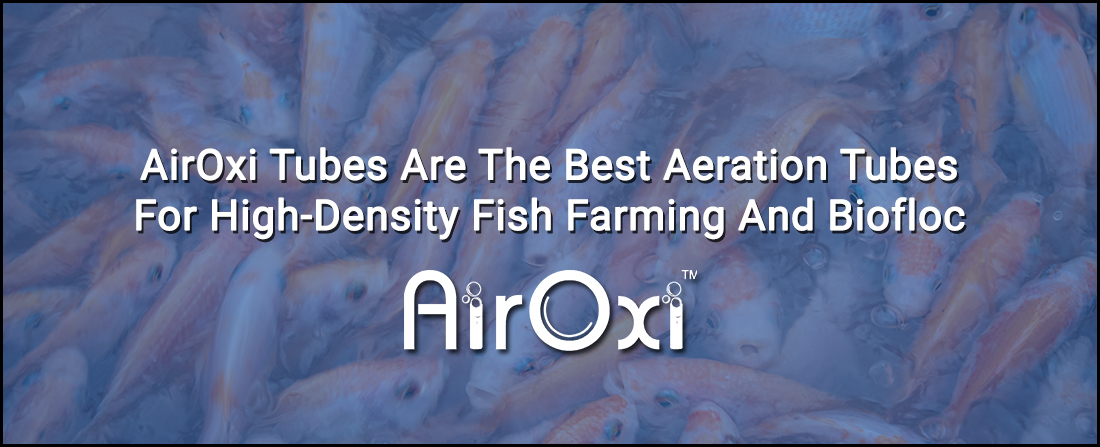Fish and shrimp farmers very well know the importance of aeration. Better aeration leads better health and growth rate. The mortality rate decreases to a significant extent at the time when aeration of the medium of aquaculture is appropriate.
Proper Concentration of Oxygen is Essential
The equilibrium concentration of oxygen is actually referred to as the maximum concentration of oxygen that can be dissolved in the water relative to the concentration of oxygen in the gas under the existing conditions of pressure and temperature of the medium of aquaculture. In the medium of aquaculture, the gas means the atmospheric air, although pure oxygen too gets into the water of the medium by the oxygen production of the water plants. In an addition to this, there are some intensive fish or shrimp farming systems application of pure oxygen is done in order to specifically meet the oxygen requirements.
Concept of Fine Bubble Aeration
Fine bubble aeration as can be understood from the name of the is a highly efficient as well as an effective way of transferring oxygen to the medium of fish farming. This is usually done with the help of a compressor on shore which pumps air through a hose that is connected to an underwater aeration unit. A number of diffusers are attached to the aeration unit which come in various shapes such as tubes, discs, plates or hoses. These are usually made up of PVC, porous ceramic plastic, glass-bonded silica or per perforated membranes made from EPDM rubber. The air so pumped through the diffusers is released into the water and these bubbles are referred to as fine bubbles. Fine bubbles are actually those bubbles that are less than 2 mm in diameter.
How Fine Bubble Aeration is Helpful?
Fine bubble aeration has an extremely high oxygen transfer efficiency. The better are the diffusers, more is the efficiency. With the best diffusers, the oxygen transfer efficiency can be as high as fifteen pounds of oxygen per horsepower multiplied by hour. Calculating on an average, fine bubble aeration diffuses or dissolute about two to four cubic feet of air per minute. Fine bubble aeration has the ability to maximise the bubbles’ surface area and therefore plays a vital role in transferring more amount of oxygen to the water per bubble. In an addition to this, the bubbles that are smaller in size take more time for reaching the surface of the water. This, in turn, not only helps in the maximisation of the surface area but also the number of seconds each bubble spends in water is increased thereby allowing it more time for transferring oxygen into the medium of aquaculture. Thus, it is clear that smaller bubbles along with a deeper release point helps in the generation of a greater rate of transfer of oxygen.
Air Oxy Tubes Offer Best Fine Bubble Aeration
At any point of time, you are looking forward to the best and the most effective fine bubble aeration, it is always recommended to trust experts. AirOxy is a leading manufacturer of diffusers and other aeration equipment. Our aeration tubes are capable of producing very fine bubbles for aeration. Due to the very low diameter of the bubbles so produced, the bubbles are capable of ten percent more dissolution of oxygen into the medium of aquaculture. This is exactly the reason as to why the Air Oxi tube diffusers are one of the most preferred options at the time when it comes to fine bubble aeration.
In reference : The use of different aerators on Litopenaeus vannamei biofloc culture system: effects on water quality, shrimp growth and biofloc composition by Gabriele Lara, Dariano Krummenauer,
Paulo C. Abreu, Luís H. Poersch & Wilson Wasielesky
In conclusion, the results indicate that diffused air systems (blower) are more efficient in particle aggregation and in biofloc formation in culture, contributing to the shrimp growth. In contrast, the propeller aeration system does not contribute to biofloc aggregation and destroys the bioflocs, and the development of a ‘‘healthy’’ microbial community is compromised.
The vertical pump, despite not showing high values of total suspended solids (bioflocs), was able to provide a microbial community that contributed to the growth and survival of the shrimp.






 WhatsApp us
WhatsApp us
Leave A Comment